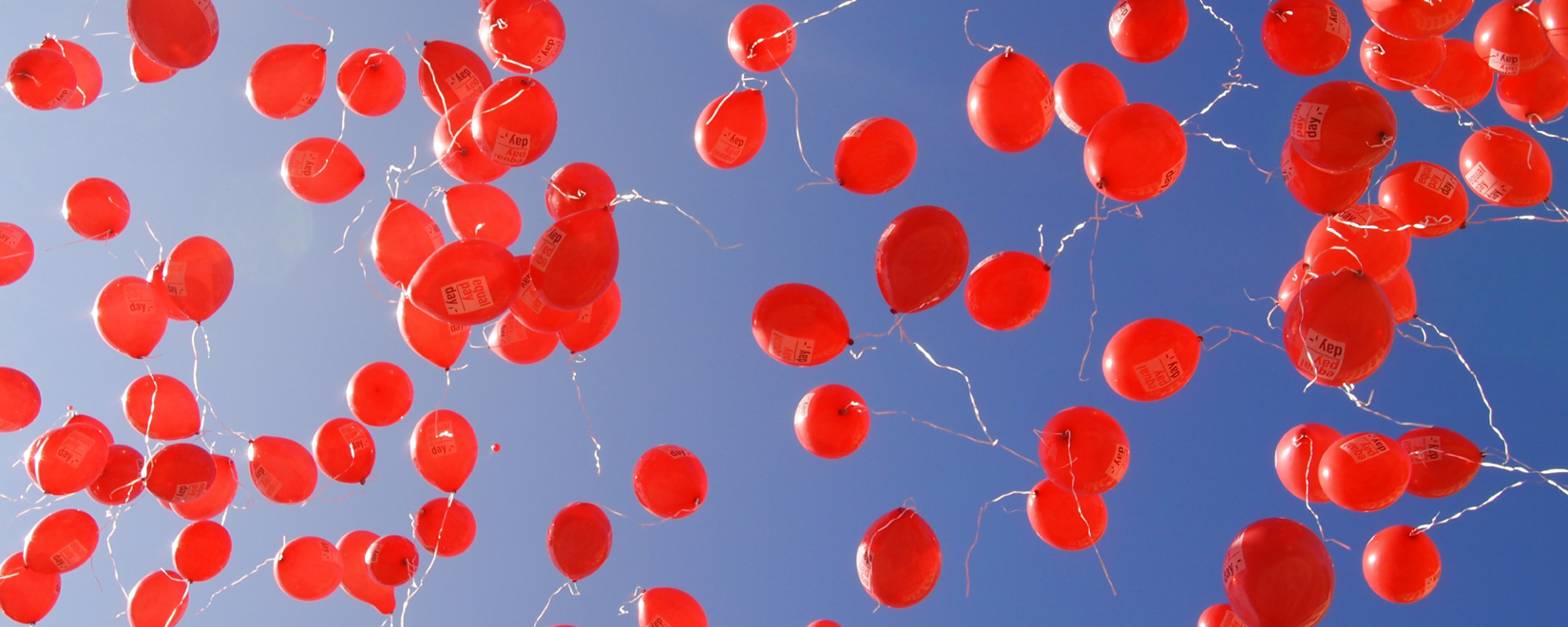
The principle of equality between men and women has been enshrined in Article 8, Paragraph 3 of the Swiss Federal Constitution since 1981.
“Men and women have equal rights. The law shall ensure their equality, both in law and in practice, most particularly in the family, in education, and in the workplace. Men and women have the right to equal pay for work of equal value.”
The Federal Act on Gender Equality (Gender Equality Act, GEA) came into force in 1996. Today, 24 years later, there is still an unsettled pay gap between the genders. This disadvantaged position of women amounts to discrimination.
The first day of action for wage equality (Equal Pay Day) took place in 1966 in the USA. This day of action was introduced by BPW Germany in 2008 and adopted by BPW Switzerland in 2009 as an initiative for Switzerland. And since that time, it has been recurring every year…
The Equal Pay Day marks the one day of the year on which women, in terms of figures, receive their first pay (assuming current payment for work of equal value as men’s). The time span between 1 January and the Equal Pay Day is called ‘Gender Pay Gap’ and means the period in which women have worked for free. The symbol used to visualise the “loss in the pay packet” is a red bag.
The basis used by BPW Switzerland to calculate the Equal Pay Day is the Earnings Structure Survey of the Federal Statistical Office which takes place every 2 years (ultimately in 2020). In this survey, the median of the difference for the private sector is consulted as a benchmark.
Cathy Savioz, BPW Genève, a organisé le premier Equal Pay Day en Suisse à Genève et suit depuis lors de près cette journée d'action des BPW Switzerland, qui certaines années ont été à la tête de la campagne nationale. Elle a maintenant passé en revue et documenté les douze années d'existence de l'EPD en Suisse à l'aide de faits et de chiffres, et examine également la situation au-delà des frontières nationales.
Le livre est disponible (pour le moment en français) sur kobo et orellfueslli.ch
2009 on 15 March
2010 / 2011 / 2012 - 19.3% (Survey 2008)
2013 / 2014 / 2015 - 7 March - 18.4% (Survey 2010)
2016 / 2017 / 2018 - 24 February - 15.1% (Survey 2014)
2019 / 2020 - 22 February - 14.6% (Survey 2016)
2021 - 20 February - 14.4% (Survey 2018)
2022 - 20 February - 14.4% (Survey 2018)
2023 - 18 February - 13.8% (Survey 2020)
2024 - 17 February - 13.8 % (Survey 2020)
2025 - 15 February - 12 % (Survey 2022)
stimulating the debate on the pay differentials between men and women,
raising awareness for the scope and scale of the problem,
sensitising and mobilising all stakeholders involved,
strengthening the position of women to ensure that they take active and independent action,
reducing the pay gap in Switzerland and
establishing the nationwide Equal Pay Day.
In fact, legitimate salary adjustments can be enforced in a realistic way only when working women realise that they do not earn what they are worth in their current position. The vision of the future pursued by BPW Switzerland, BPW Germany and BPW Austria in this context is as follows: Women demand and get what they deserve.
In 2009, social partners and the federal government jointly launched the ‘Equal Pay Dialogue’ project, seeking to accelerate the process of equal pay in a pragmatic manner. Since voluntary measures had not lead to the desired outcome, the project was discontinued in 2014.
In 2011, the European Commission calls for the Equal Pay Day for the first time.
In 2018, the Swiss Federal Parliament adopts the revised version of the Gender Equality Act (GEA). Under the GEA, all companies with 100 or more employees are obligated to carry out an equal pay analysis every 4 years for a period of 12 years. The enactment is still pending.
In 2019, the United Nations declare 18 September as the International Equal Pay Day.
The symbol of the Equal Pay Day is the red bag - since women have a minus in their bag!